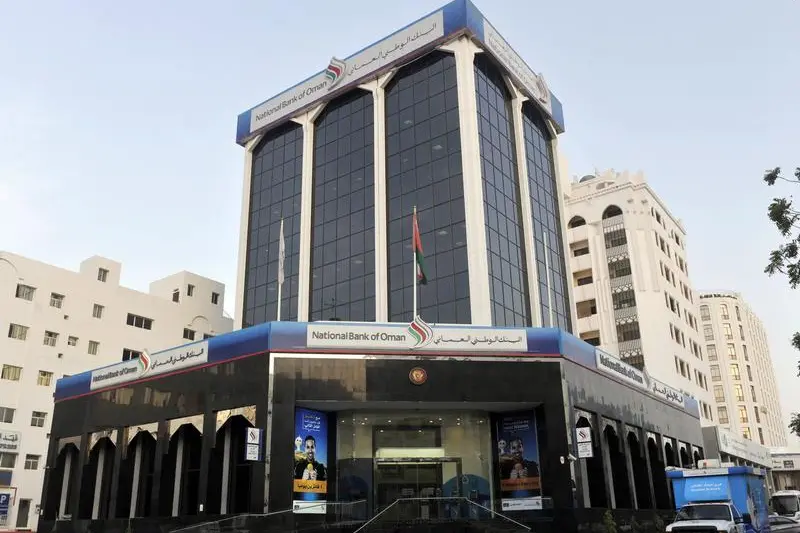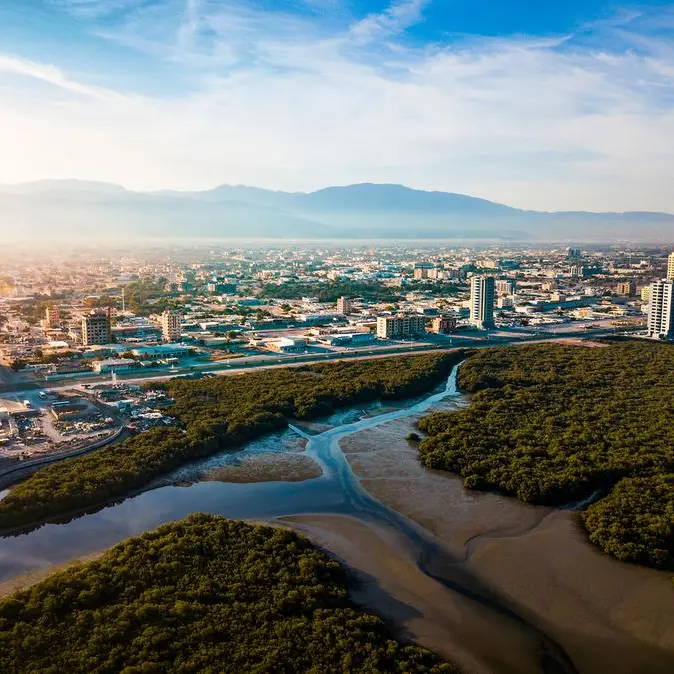PHOTO
Siraj Bhavnagarwalla, Senior Executive Officer, Alpen Capital, Oman shares his insights about the region's retail industry in an exclusive interview with OER
Alpen Capital's 'GCC Retail Industry' report expects retail sales in the GCC region to grow at a CAGR of 7.3 per cent from 2013 to 2018 reaching $284.5bn. What are the factors driving this growth?
The retail industry continues to maintain a positive momentum attributed to key factors influencing the market like robust economic growth, rising purchasing power, growing population comprising a large proportion of expatriates, changing consumption patterns and increasing penetration of international retail players. Retail structure in the GCC region is undergoing significant transformation, driven by the social and economic developments that have resulted in an increase in modern retail formats such as hypermarkets and supermarkets. The Gulf is also gearing to host events such as World Expo 2020 and FIFA 2022, leading to a growing influx of tourists and creating immense opportunities for existing and new retailers in the region. The increase of retail sales area, growing e-commerce segment, easy availability of credit and interest payment plans, increasing consumer confidence and government initiatives to promote infrastructure, hospitality and tourism sectors also feature among the other key driving factors contributing to the growth of the retail industry in the GCC.
Can you identify three retail categories which look promising, please give reasons for your choices?
The airport based duty free sales is projected to grow at a CAGR of 11.3 per cent compared to the GCC retail growth average of 7.3 per cent between 2013 and 2018. This growth is driven by an increase in passenger traffic at the major airports in Dubai, Abu Dhabi and Doha. The region is expecting a spurt in international tourist arrivals in light of its transition as a hub of business and leisure tourism and the rise of niche segments such as meetings, incentives, conferences and exhibitions (MICE). The upcoming events such as Expo 2020 and FIFA World Cup 2022 are seen as major drivers of tourist inflow into the region. The resultant expansion of the tourism industry is expected to fuel the growth of airport retail sales in the region.
The other category which is promising is the retail sales of hypermarkets/supermarkets which will grow at a CAGR of 9.2 per cent for the same period. Hypermarkets/supermarkets continue as the fastest growing retail channel in the region. This growth is expected to be driven by increasing disposable incomes and modernisation of the industry.
The report forecasts sale at supermarket and hypermarkets to grow at a CAGR of 9.2 per cent from 2013 to 2018 - a shade higher than the industry average of 7.3 per cent - is this growth expected to come at the expense of other retail formats like the high-street and convenience stores?
While supermarkets and hypermarkets are increasing in appeal as they offer a variety of products under one roof, a hassle-free shopping experience and other value-added facilities, their growth is not necessarily at the expense of other retail formats.
Modern convenience store format is emerging as one of the highly promising segments of the retail industry in the region due to its innovative and customised offerings and ease of access. Customers with a fast moving lifestyle prefer to shop at these stores, typically located in the neighbouring towers, for their daily requirements, even as they visit hypermarkets for bulk shopping on a weekly or monthly basis. The format is gaining popularity in the GCC as convenience stores tend to be less crowded and provide customers with a more pleasant shopping experience. The retailers also find opening these stores attractive as the set-up cost is lesser as compared to large modern outlets. These stores occupy a small area typically between 1,000 sq. mtrs and 2,200 sq. mtrs in nearby vicinity, where rents are typically lower than in the big malls and shopping centers. Also, the stores do not require a large staff for managing daily operations.
With local and international retail chains opening convenience stores, the format has seen many innovations. Considering the changing buying pattern of consumers, many international players are entering the market with new small stores which might directly compete with the traditional convenience stores. This trend is leading many convenience stores to look at modernising in order to manage the competition.
Qatar stands out as the most promising market in the region. Given the fact that the Fifa World Cup is scheduled for 2022, what are the enablers helping the country to outperform its regional peers?
Qatar is one of the fastest growing retail markets in the GCC region. The Qatari retail market is expected to grow at a CAGR of 9.8 per cent between 2013 and 2018 higher than the other GCC markets which are seen registering an annual average growth rate of six to seven per cent.
Qatar's retail industry is strengthened by factors such as a boom in its infrastructure sector, government development and welfare spending, growing affluent class, rising expatriate population and surging demand for retail brands. International retailers are attracted to the country by these favourable demographic trends. Most of the retail activities in Qatar are concentrated in Doha. The country's modern retail space per 1,000 people is more than 200 sq. mtrs, which is expected to increase as the country plays host to the FIFA World Cup in 2022. Modern retail concepts are fast developing in the country that is home to an increasing number of hypermarkets and supermarkets.
In what ways is a younger demographic influencing retail choices, and is this forcing businesses to adapt to new ways?
The GCC region's retail industry receives an inherent growth thrust from its young, diverse and expanding population base. Retailers are constantly looking at new and easy ways of being accessible to a new generation of consumers. E-commerce is one of the trends that is on the rise. Though still in its nascent stage, this trend is gaining popularity among the youth due to its competitive offers as well as the convenience of shopping from one's home. M-commerce is another medium gaining popularity with many brands launching their mobile app in order to appeal to the senses of the younger demographic.
Does the 50 per cent slide in oil prices from Qtr 4, 2014 pose a significant challenge for retail expansion?
The GCC is heavily dependent on the hydrocarbon sector thereby exposing it to risks arising out of oil price fluctuations. This could slow down the GDP growth of the GCC countries thereby prompting governments to cut down on spending and could see a dip in the disposable income levels of households thereby impacting the growth of the retail industry. Economic slowdown in other oil-dependent countries may also lead to lower tourist inflow from these countries into the GCC, further affecting the retail market.
In addition, the retail industry also faces some other challenges. Despite the increase in total retail space and expected GLA supply in the coming years, retail rental rates in many Gulf cities have been on an upward trend. Such overhead escalations can have a negative bearing on retailers' margins. A shortage of skilled local workforce increases the dependence of the industry on the expatriate staff. E-commerce remains highly unexplored in this region due to inadequate online infrastructure and logistics.
Oman is expecting an addition of 380,000 sq. mtrs of mall space over the next two years. Does the market have the capacity to sustain such growth?
While there is an expected increase in the mall space, this has to be seen in the context of growing demand. The retail market in Oman is expected to grow at a CAGR of 6.9 per cent, which is not far behind the GCC industry growth average of 7.3 per cent between 2013 and 2018. Oman's retail industry is growing driven by a rising number of expatriates and tourists, the growing appeal and awareness of international trends, low market saturation, political stability and increasing disposable income. Government measures such as increasing the minimum wages of citizens and the standardization of salaries of civil employees has increased the disposable income of Omani nationals. Lowering of the upper limit on interest rates charged by banks on personal loans by the Central Bank of Oman is also expected to have a positive impact on the retail industry.
In addition to the larger shopping malls in Muscat, the trend of developing smaller malls with an area of 3,000 sq. mtrs to 10,000 sq. mtrs to cater to the population in their vicinity is also gaining traction. The trend of smaller malls is seen as one of the significant drivers of the country's retail sector. Retailers in Oman are transitioning from the traditional 'souk' format to launching stores in larger shopping malls and the country is gaining attention from the major regional players.
© Oman Economic Review 2015












